Khushmeen Sakloth
Multimodal Deep Neural Networks using Both Engineered and Learned Representations for Biodegradability Prediction
Sep 13, 2018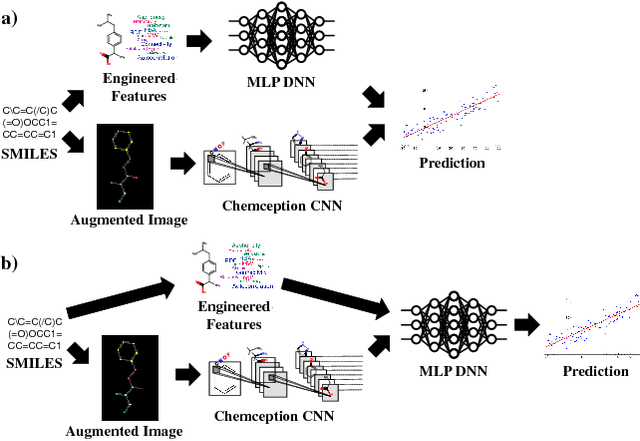

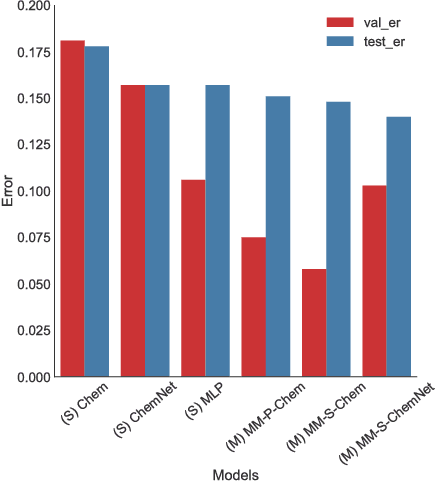
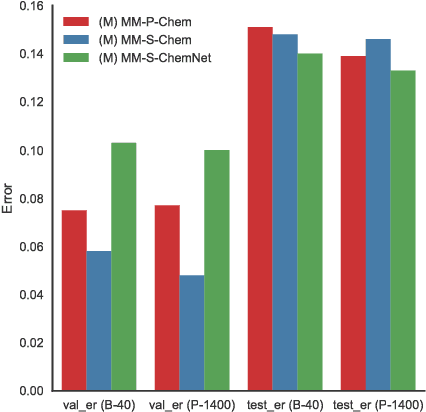
Abstract:Deep learning algorithms excel at extracting patterns from raw data, and with large datasets, they have been very successful in computer vision and natural language applications. However, in other domains, large datasets on which to learn representations from may not exist. In this work, we develop a novel multimodal CNN-MLP neural network architecture that utilizes both domain-specific feature engineering as well as learned representations from raw data. We illustrate the effectiveness of such network designs in the chemical sciences, for predicting biodegradability. DeepBioD, a multimodal CNN-MLP network is more accurate than either standalone network designs, and achieves an error classification rate of 0.125 that is 27% lower than the current state-of-the-art. Thus, our work indicates that combining traditional feature engineering with representation learning can be effective, particularly in situations where labeled data is limited.
IL-Net: Using Expert Knowledge to Guide the Design of Furcated Neural Networks
Sep 13, 2018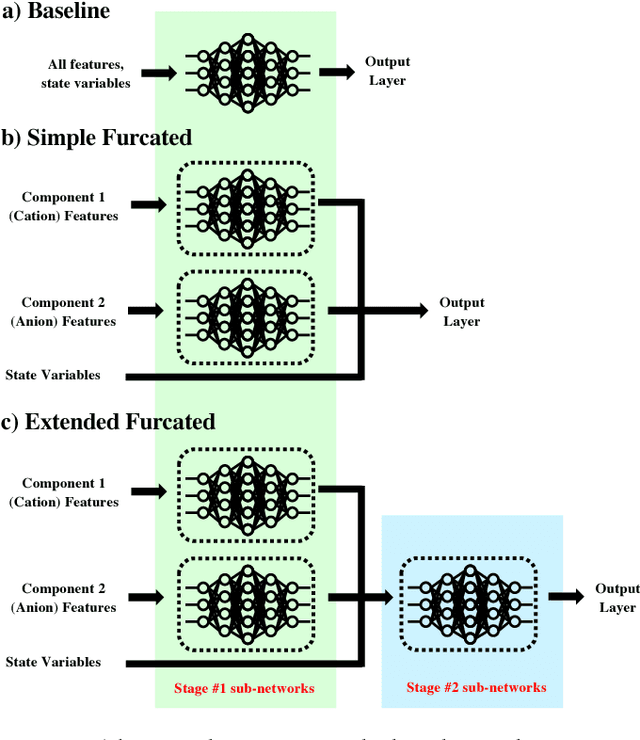
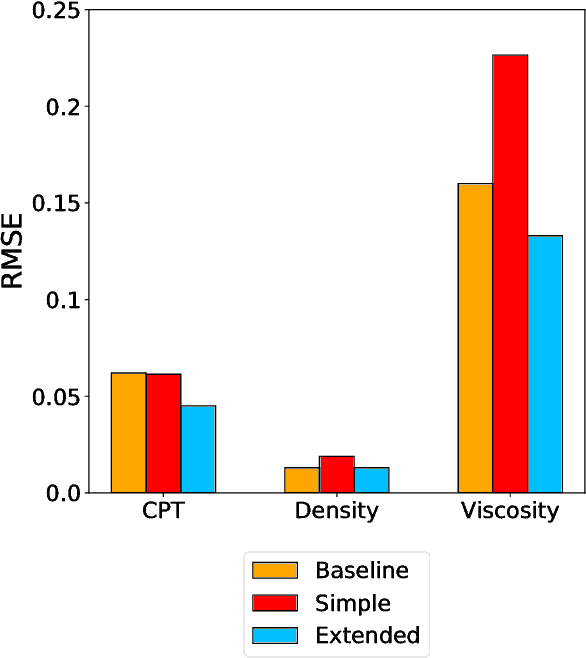
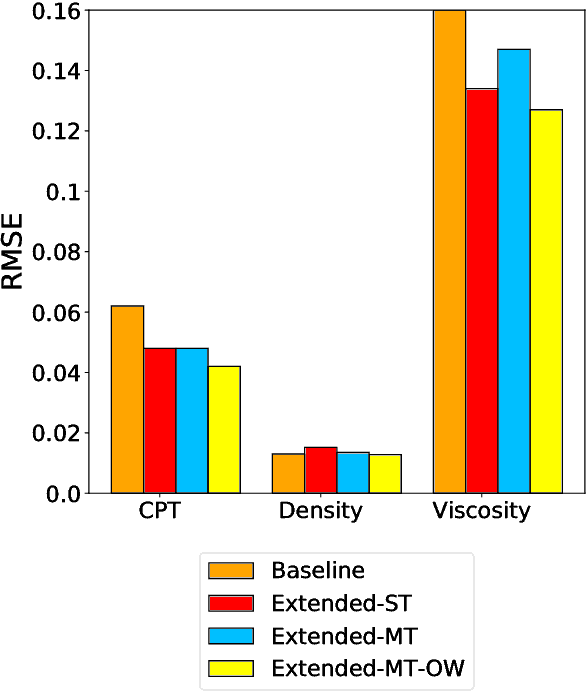
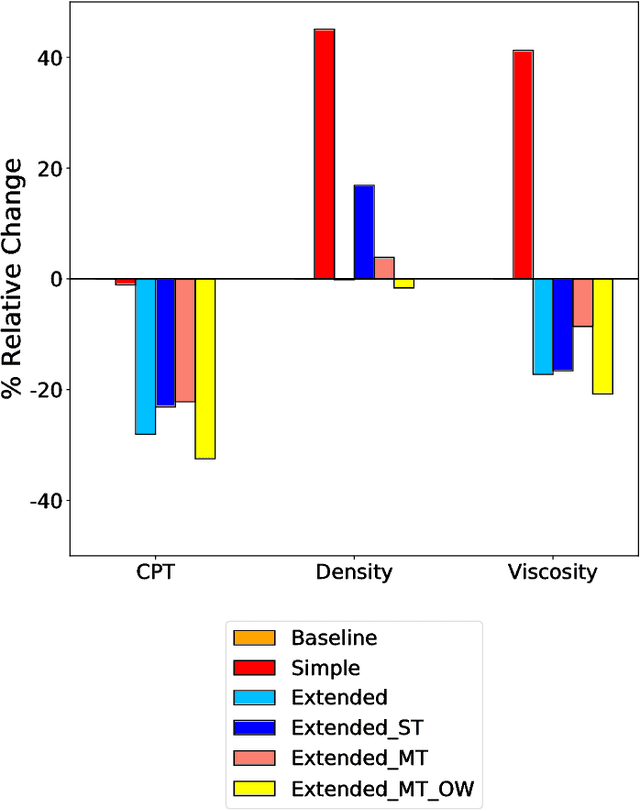
Abstract:Deep neural networks (DNN) excel at extracting patterns. Through representation learning and automated feature engineering on large datasets, such models have been highly successful in computer vision and natural language applications. Designing optimal network architectures from a principled or rational approach however has been less than successful, with the best successful approaches utilizing an additional machine learning algorithm to tune the network hyperparameters. However, in many technical fields, there exist established domain knowledge and understanding about the subject matter. In this work, we develop a novel furcated neural network architecture that utilizes domain knowledge as high-level design principles of the network. We demonstrate proof-of-concept by developing IL-Net, a furcated network for predicting the properties of ionic liquids, which is a class of complex multi-chemicals entities. Compared to existing state-of-the-art approaches, we show that furcated networks can improve model accuracy by approximately 20-35%, without using additional labeled data. Lastly, we distill two key design principles for furcated networks that can be adapted to other domains.
 Add to Chrome
Add to Chrome Add to Firefox
Add to Firefox Add to Edge
Add to Edge